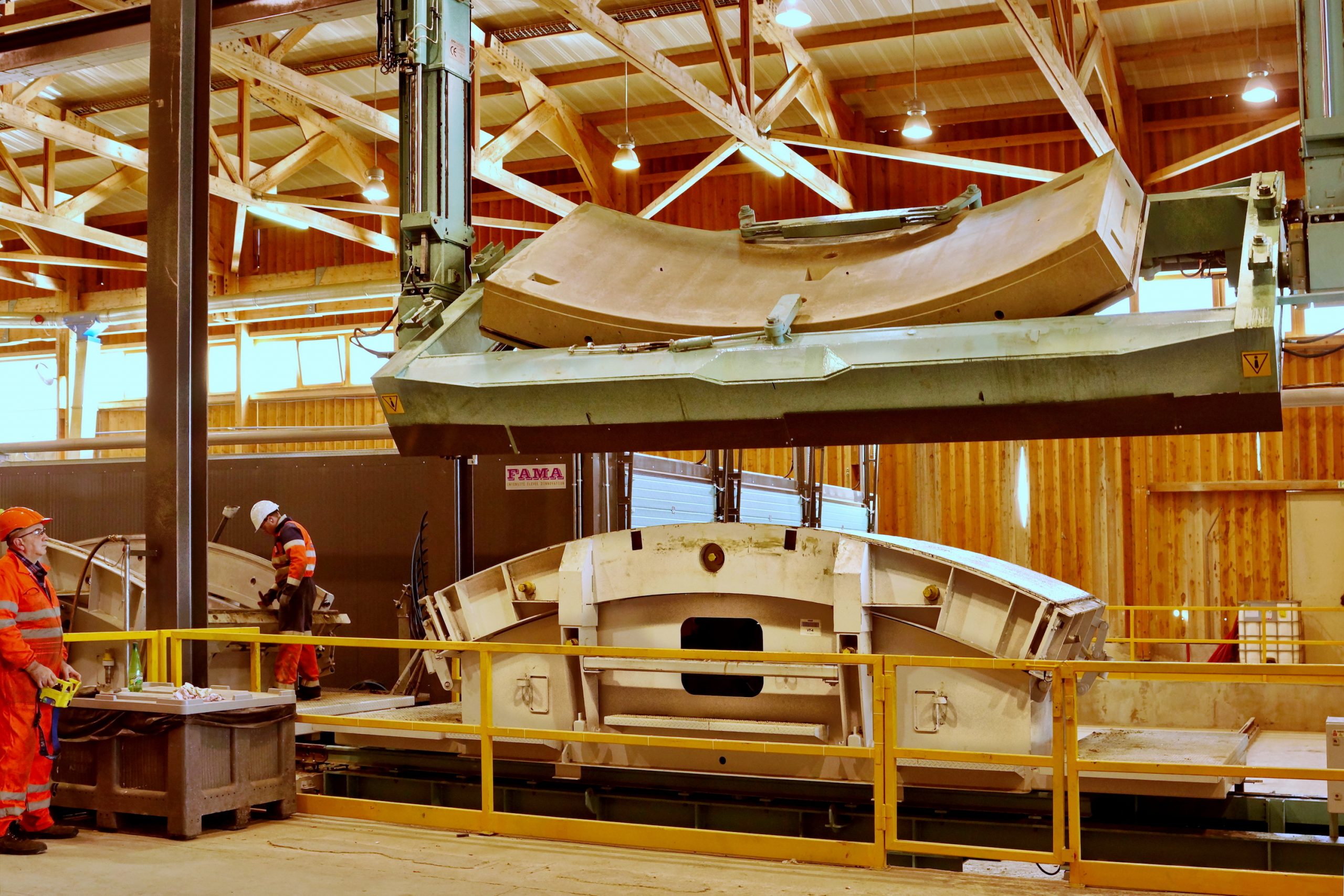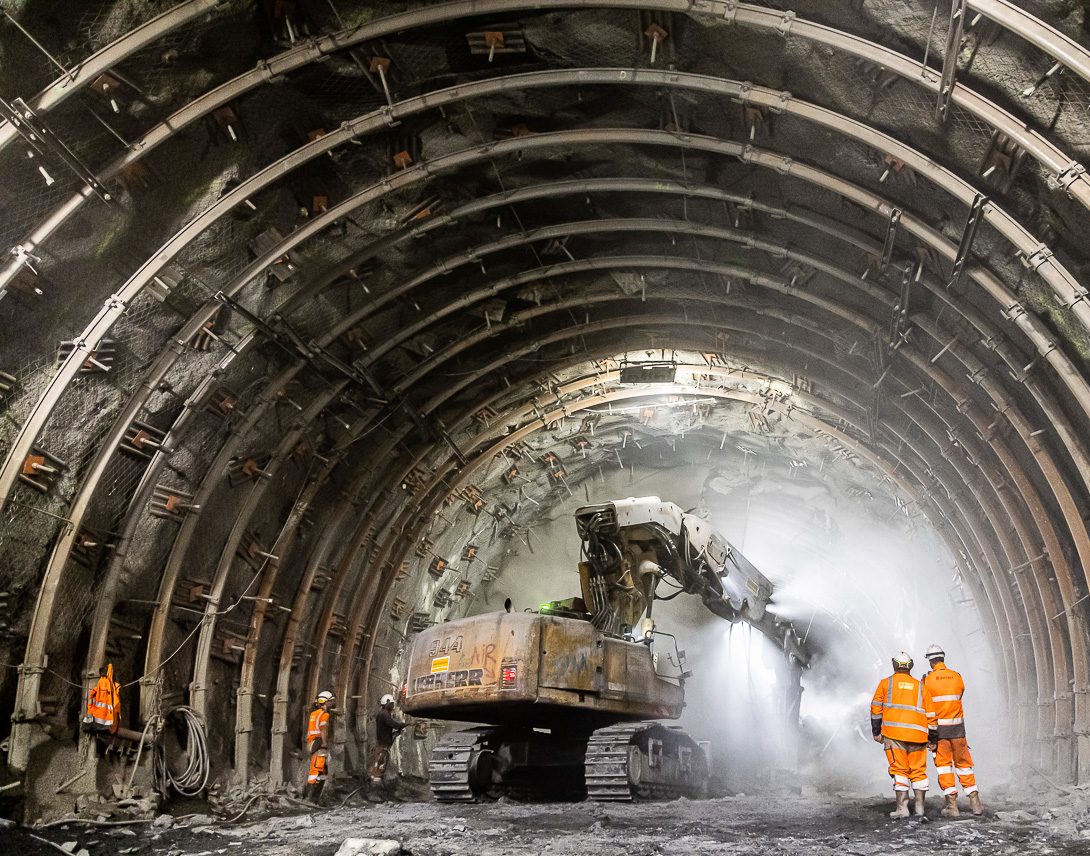The goal is to create a circular economy of the excavated materials from major projects that goes beyond a national logic and to consider the work areas of these infrastructures as a single European construction site and thus be able to reuse the extracted material where it is necessary, regardless of its excavation origin. This will result in added value not only for the environment but also for the economy. The request comes from Piedmont Region, Auvergne Rhône-Alpes and TELT and was sent to the Public Consultation of the ENVE Commission of the European Committee of the Regions for the New Circular Economy Action Plan. On 14 October, the Committee’s plenary session included this topic among the items of the opinion sent to the EU for the legislative process on the new Circular Economy Action Plan.
In the case of the Lyon-Turin line, TELT has already foreseen the reuse of about 60% of the excavated materials which will become tunnel lining segments or railway embankments, where the tracks will be laid. With a common regulation, the added value of the materials will further increase, bringing with it economic and environmental benefits. Indeed, the higher the percentage of reused rocks, the fewer natural resources will be excavated. In addition, the trucks won’t have to travel several million kilometres to transport these materials from the quarries – which are often far from the work sites – to the construction sites.
As part of this, with a shared vision, a further quota of material could be exploited within the same project. In particular, it is estimated that in France almost one million tons of concrete granulates will be needed, part of which could be supplied by the surplus produced by the Italian excavations, while in Italy there is a deficit of just over one million tons of material suitable for embankments, which could come from the French excavations rather than from elsewhere.
The document ends with the following statement: Therefore, our proposal is to include a specific section for major projects in the next circular economy plan that provides for the digitisation of the transport document tracking, a fiscal policy to support the reuse of secondary materials and, above all, ad hoc regulations making it possible to move away from the national logic of closed sites to create European sites with consequent high economic exploitation of resources and zero waste.



